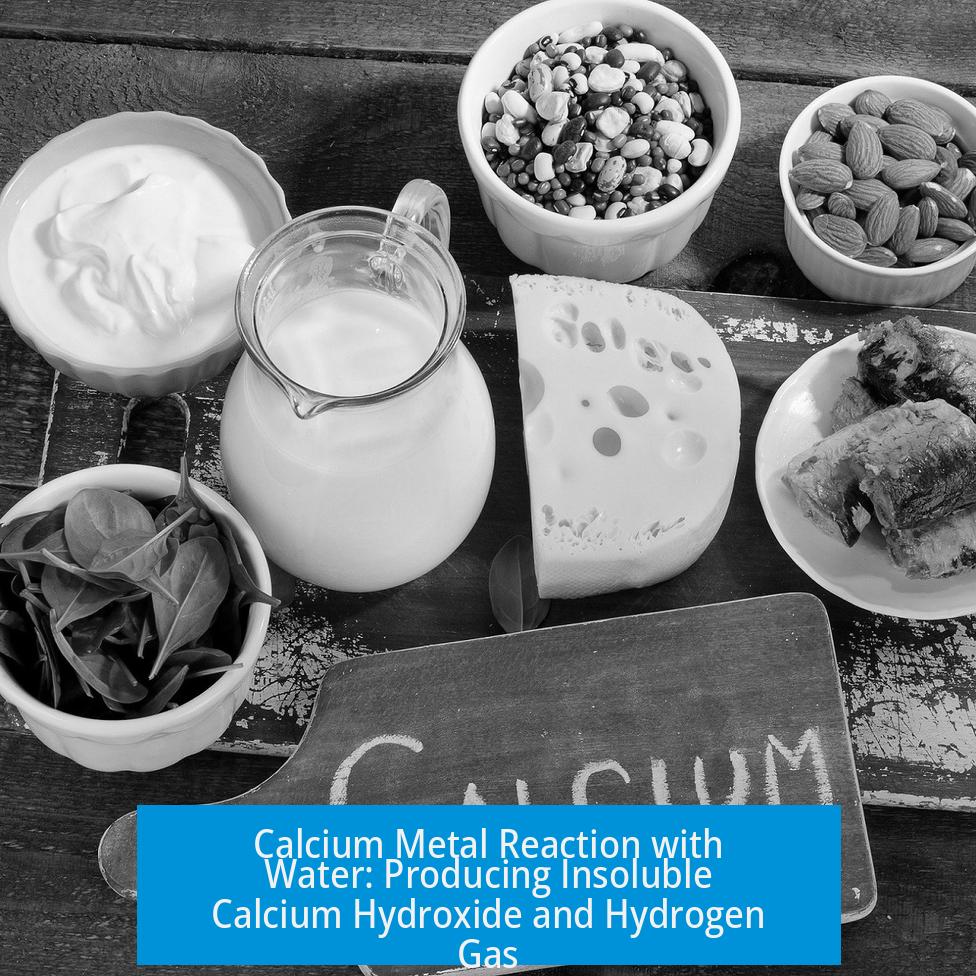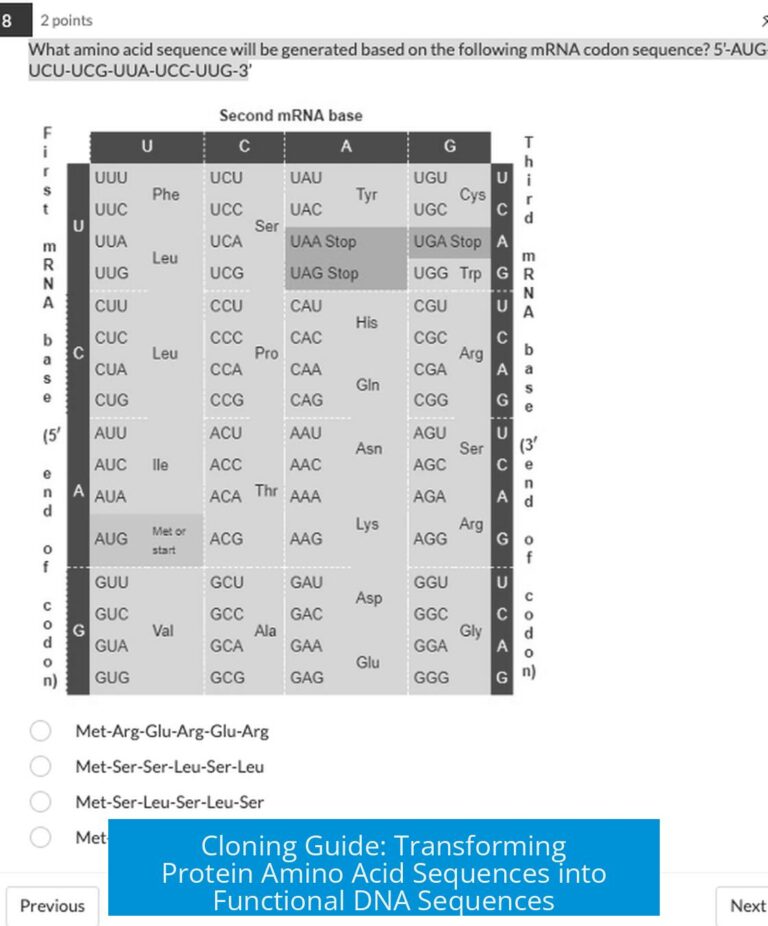Calcium Metal Reaction with Water: Formation of Calcium Hydroxide and Hydrogen Gas
When calcium metal reacts with water, it produces calcium hydroxide, which is sparingly soluble, and hydrogen gas. The released hydrogen gas ignites with a distinctive pop when exposed to a burning splinter, confirming its identity.
Chemical Reaction Details
The fundamental reaction is:
Ca (s) + 2 H2O (l) → Ca(OH)2 (aq) + H2 (g)
Calcium metal reacts steadily with water at room temperature. This releases hydrogen gas and forms calcium hydroxide.
Formation and Solubility of Calcium Hydroxide
Calcium hydroxide formed is only sparingly soluble in water. Its solubility product constant (Ksp) is approximately 1 × 10-6. This means some Ca(OH)2 dissolves, creating a mildly basic solution, while the rest precipitates as a solid.
The presence of hydroxide ions (OH-) in solution raises the pH, which can be observed using an acid-base indicator. The solution appears basic, confirming the formation of calcium hydroxide.
Hydrogen Gas Detection
The hydrogen gas released by the reaction is combustible. One can confirm its presence by bringing a burning splinter near the gas. The characteristic “pop” sound occurs due to hydrogen’s rapid combustion in air. This test is simple and widely used as a qualitative analysis for hydrogen.
Practical Considerations and Applications
Calcium’s reaction with water is exothermic but moderate compared to alkali metals. The formation of sparingly soluble calcium hydroxide limits hydrogen release rate, which is beneficial for controlled gas evolution.
A question arises about reversibility and potential use in hydrogen storage. Calcium hydroxide formation is not readily reversible under normal conditions. This limits practical hydrogen storage, as releasing hydrogen efficiently back from Ca(OH)2 is challenging. Current hydrogen storage uses focus on other chemical systems.
Summary of Key Points
- Calcium reacts with water to produce calcium hydroxide and hydrogen gas.
- Calcium hydroxide is sparingly soluble (Ksp ~ 1 × 10-6), making the solution basic but not saturated with solid precipitate immediately.
- Hydrogen gas burns with a popping sound when ignited by a splinter, confirming its presence.
- The reaction is exothermic but moderate compared to alkali metals like sodium or potassium.
- The reaction is not easily reversible, limiting use for hydrogen storage applications.





Leave a Comment